Learn to use lesson 3 computer - Basic buttons and ports on the computer
General introduction
When we begin to learn how to get used to hardware components in a PC system, we will notice that on the front and back of the computer section there are often many different types of buttons, ports and slots.Similar to the tree, the screen also has buttons on the front and connection ports on the back.
Modern computers also have many different designs and textures, so the location and number of buttons or connectors are not the same.However, there are a few basic buttons and connectors that all cheap to luxurious desktop systems will have.Understanding how these ports are used will be essential if you are a frequent user of a computer, especially if you need to connect something to your computer, such as a printer, keyboard or mouse.
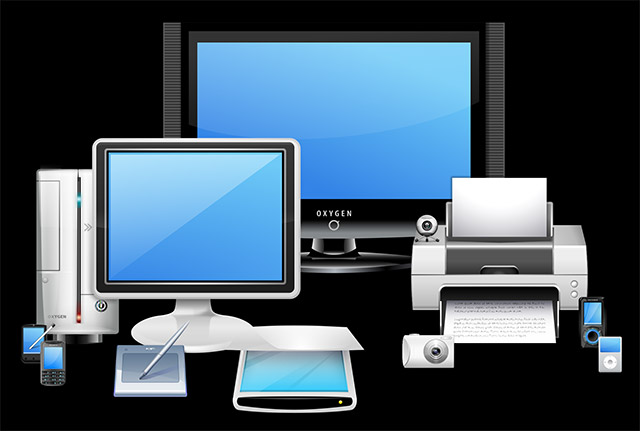
Now, we will learn about the buttons as well as the basic connection port of a desktop system!
The front of the computer tree

Basically the front of the computer tree will have the following buttons and ports:
Optical drive: Often referred to as a CD-ROM or DVD-ROM drive, it allows your computer to read CD and DVD discs.

Power button: Power button is used to turn on and turn off the computer.

Reset button: Used to restart the computer in an emergency.
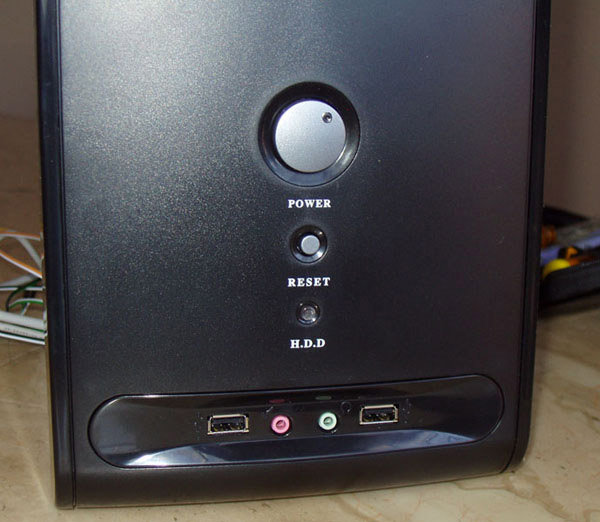
Audio In / Audio Out Audio Port : Used to connect audio devices such as speakers, headsets, mic (usually 3.5mm).
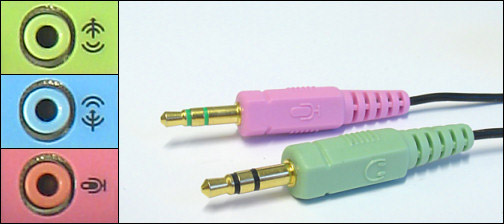
USB (Universal Serial Bus): Most desktop computers have more than 2 USB ports.They can be used to connect almost any type of device, including mice, keyboards, digital camera printers and USB storage.They often appear on the front and back of the computer tree.
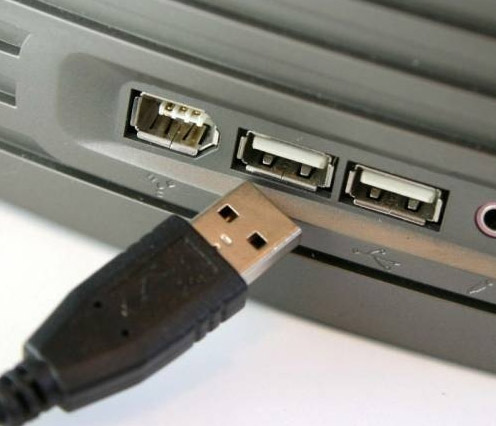
The back of the computer tree
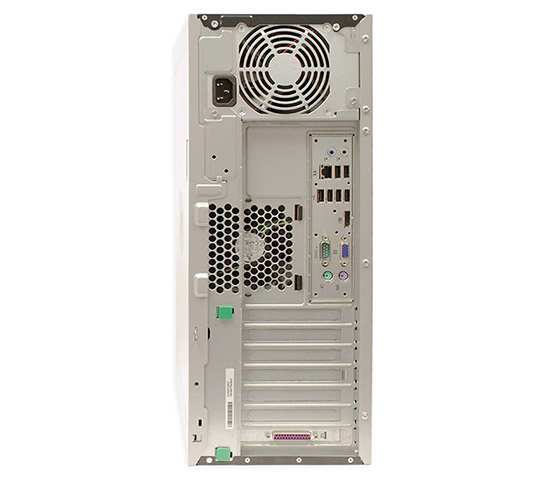
The back of the computer tree will often have connection ports designed to suit each specific device.The location of these ports will vary depending on the type of computer as well as the manufacturer.In addition, many manufacturers also have special connection ports, specifically for specific devices.Some ports can be color coded to help you determine the purpose of use and the device can be paired with that port.
Basically the back of the computer tree will have the following connection ports:
Power outlet: This is where you will connect the power cord to the computer to power the entire system.
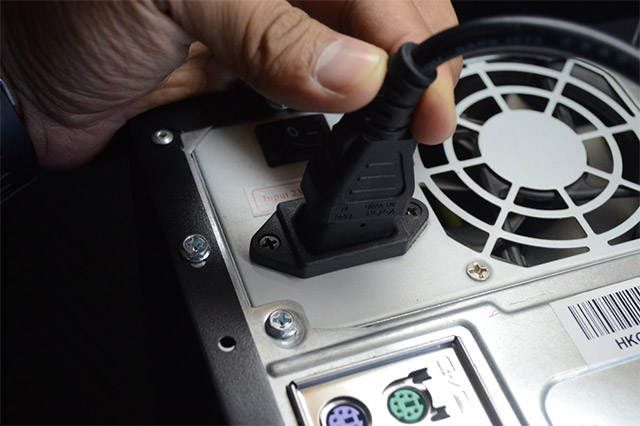
Audio In / Audio Out Audio Port: Used to connect audio devices such as speakers, headsets, mic (usually 3.5mm).
Network port: This port looks very similar to the modem port or phone port, but it is slightly wider.You can use this port to connect your computer to the Internet.
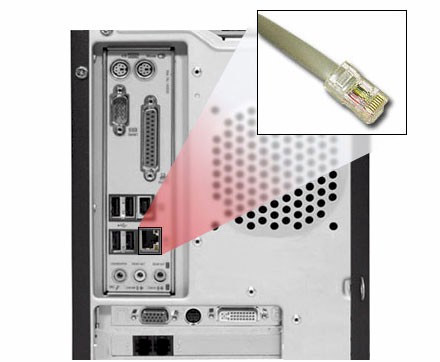
USB port: On most desktop computers, most USB ports are located on the back of the computer tree.In general, you should connect your mouse and keyboard to these ports and keep the front USB ports blank to be used for digital cameras, USB storage and other devices.
Screen port : This is where you will connect the CPU tree to the screen via your monitor cable.In the illustration above the head, the computer has both DisplayPort and VGA ports, which are ports to connect to output devices such as monitors or projectors.Different computers may have different types of screen ports, such as DVI (intuitive digital interface) or HDMI (high-resolution multimedia interface).
- Difference between HDMI and DVI

Serial port : This port is less common on modern computers.It is often used to connect peripherals like digital cameras, but today it has been replaced with USB ports and other port types.
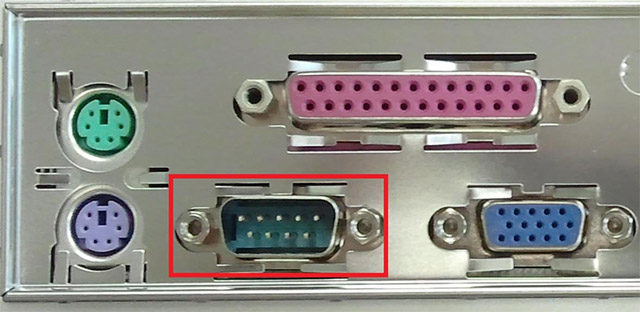
PS / 2 ports : These ports are sometimes used to connect mice and keyboards.Normally, the mouse port will be green and the keyboard port will be purple.On modern computers, these ports have been omitted and replaced with USB ports.
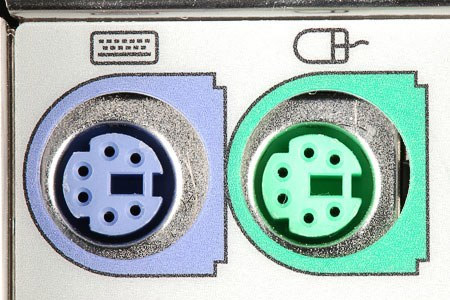
Expansion slot: These slots are where expansion cards and removable cards are added to the computer.For example, if your computer does not come with a video card, you can buy a discrete video card and install it in these slots.
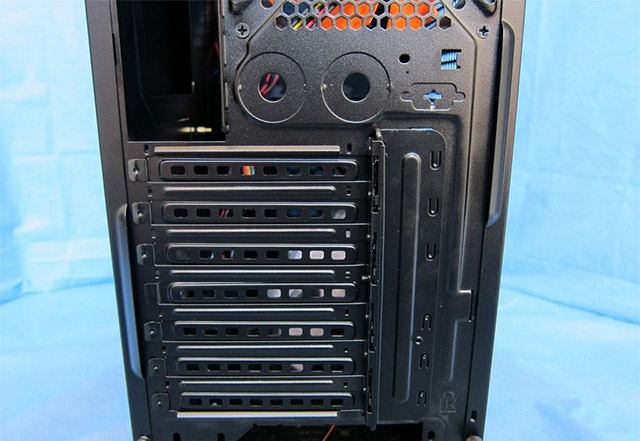
Parallel port: This is an old port, less popular on modern computers.Like the serial port, it has been replaced with a USB port to simplify and optimize the area.
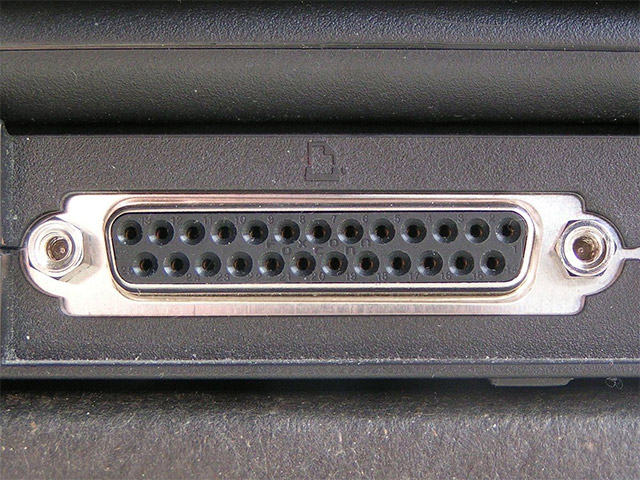
Other port types
There are other types of ports, such as FireWire, Thunderbolt and HDMI.If your computer has a port that you do not recognize, you should consult the user manual for more information.
Peripherals you can use with your computer.
One of the most basic computer systems usually consists of computers, monitors, keyboards and mice, but you can also plug in different types of devices into the extra ports on your computer to form an open ecosystem. wide, suitable for your work.
Printer: The printer used to print documents, photos, and everything else that appears on your screen.There are many types of printers, including inkjet printers, laser printers and photo printers.Even with an all-in-one printer, in addition to printing, it can scan and copy documents.
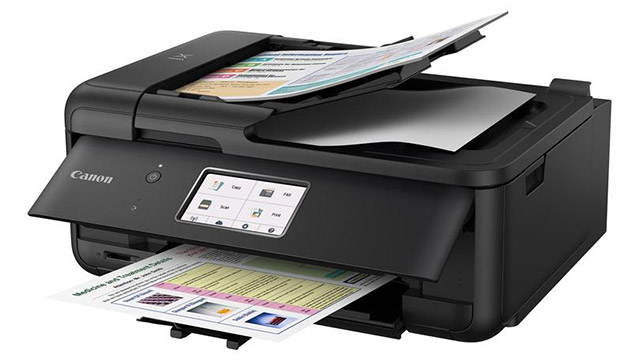
Scanner : The scanner allows you to copy an image or physical document and save it to your computer as a digital (readable) image.Many scanners are considered as part of an all-in-one printer, although you can also buy a separate desktop or handheld scanner.
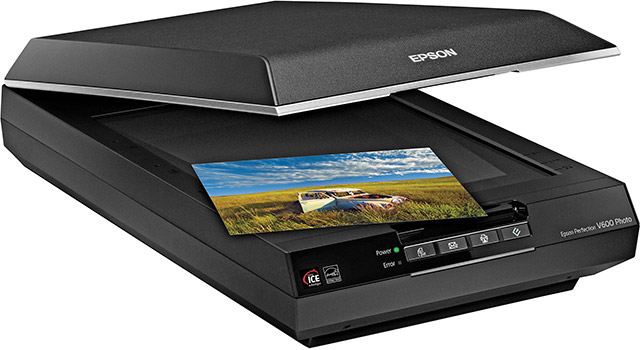
Speakers, headsets: Speakers and headsets are output devices, meaning they are intermediate objects that send information from the computer to the user.In this case, they allow you to listen to audio and music.Depending on the model, they can be connected via audio port or USB port.In addition, some screens also have integrated speakers.
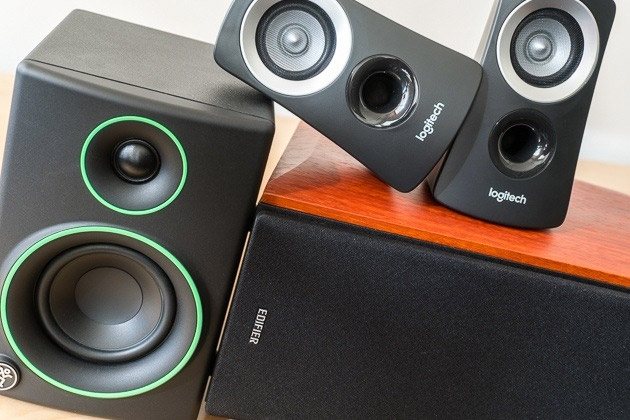
Micro : A microphone is a type of input device, also known as a device that receives information from users.You can connect the microphone to a computer to record audio or talk to others over the Internet.Most laptops today have built-in microphones.
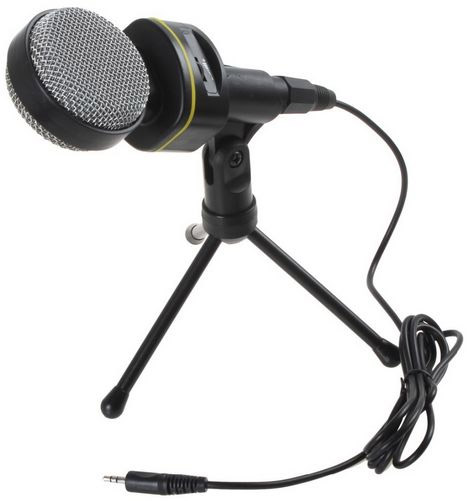
Web camera: Web camera, better known as a webcam, is an input device that can record video and take photos.It can also transmit videos over the Internet in real time, allowing us to make video chats or participate in an online conference or meeting with others.Many webcams are integrated with a microphone also for this reason.
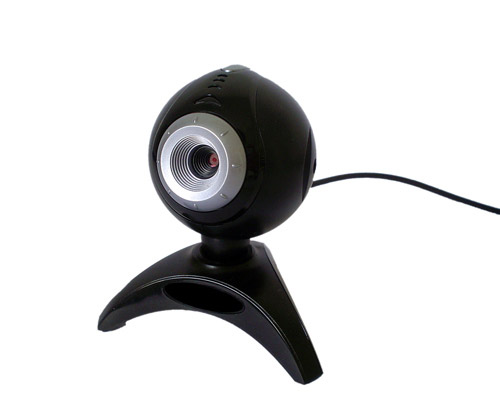
Game controller and joystick: Game controller (controller, can be interpreted as a gaming handle) used to play computer games.There are many different types of controllers that you can use, one of which is joystick.However, you can also use the mouse and keyboard to control most games on the computer today.
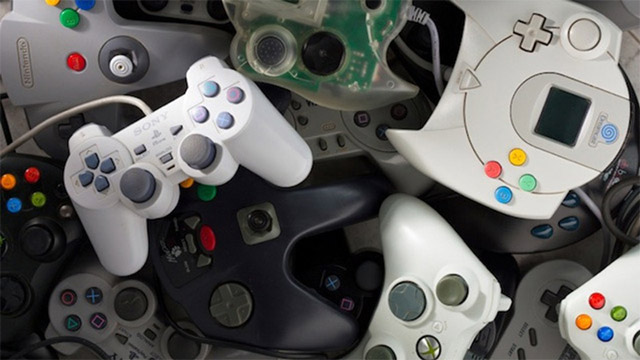
Digital camera: Digital camera allows you to take photos and record videos in digital format.By connecting the camera to the computer's USB port, you can transfer images from the camera to a computer for easy storage and editing.
Mobile phones, MP3 players, tablets and other devices: Whenever you buy an electronic device, such as a mobile phone or MP3 player, check if it has Comes with USB cable or not.If so, this means you can connect that device to your computer.
See more:
- Learn to use basic computer lesson 1
- Learn to use lesson 2 computer - Basic parts of the computer
- Learn about local area network - LAN (Part I)
- Network basics: Part 1 - Network hardware devices
You should read it
- Learn to use lesson 4 - Inside a computer
- Learn to use lesson 5 computer - Notebook
- Learn to use lesson 12 - How to connect a computer to the Internet
- Computer buttons and ports
- Learn to use lesson 10 computer - Get familiar with computers
- Learn to use lesson 18 computer - Basic troubleshooting techniques
- Learn to use computer lesson 13 - Get familiar with the Internet
- Learn to use lesson computer 11 - Find out about the operating system
May be interested
- Learn to use lesson 10 computer - Get familiar with computers
 today, computers are not just a normal household appliance like refrigerators, washing machines ... it can also be used with many different purposes, from working to entertainment.
today, computers are not just a normal household appliance like refrigerators, washing machines ... it can also be used with many different purposes, from working to entertainment. - How to Disable USB Ports
 this wikihow teaches you how to turn off your pc's usb ports. usb ports, while useful, can also pose a security risk when left available on a shared computer. you can disable your usb ports using both device manager and the registry editor...
this wikihow teaches you how to turn off your pc's usb ports. usb ports, while useful, can also pose a security risk when left available on a shared computer. you can disable your usb ports using both device manager and the registry editor... - Learn to use lesson 12 - How to connect a computer to the Internet
 with the first 11 basic computer parts, you know about hardware, software, operating systems and familiarize yourself with simple operations on computers. in this digital age, a computer will be greatly reduced if it is not connected to the network, so in this article you will learn about the internet and connect your computer to the network.
with the first 11 basic computer parts, you know about hardware, software, operating systems and familiarize yourself with simple operations on computers. in this digital age, a computer will be greatly reduced if it is not connected to the network, so in this article you will learn about the internet and connect your computer to the network. - Learn to use lesson computer 14 - Learn about cloud storage
 in the process of using computers or the internet, there have been many times you have heard of terms such as cloud, cloud computing or cloud memory, cloud storage. but what exactly is cloud?
in the process of using computers or the internet, there have been many times you have heard of terms such as cloud, cloud computing or cloud memory, cloud storage. but what exactly is cloud? - Learn to use lesson 17 computer - Create a safe workspace
 to minimize health risks, take some time to redesign your workspace.
to minimize health risks, take some time to redesign your workspace. - This may be the future smartphone: No 'holes', no ports, no wires and no buttons
 the meizu zero, with lots of improvements, is worth considering its appearance.
the meizu zero, with lots of improvements, is worth considering its appearance. - Learn to use a 21 computer - Bring important data with you
 in this lesson, we will talk about two types of data storage so you can quickly access the necessary times from almost anywhere.
in this lesson, we will talk about two types of data storage so you can quickly access the necessary times from almost anywhere. - Learn to use the ultimate lesson calculator - Use accessibility features
 accessibility features are tools designed to help people with disabilities who have limitations on some functions that can use technology more easily.
accessibility features are tools designed to help people with disabilities who have limitations on some functions that can use technology more easily. - Learn to use computer lesson 13 - Get familiar with the Internet
 the internet is a global information network, consisting of billions of different computers and electronic devices.
the internet is a global information network, consisting of billions of different computers and electronic devices. - Basic examples of HTML
 in the previous html lesson, you know which tools to use to write html code, how to save and open html files. this article will give some basic examples of html text.
in the previous html lesson, you know which tools to use to write html code, how to save and open html files. this article will give some basic examples of html text.










 Learn to use lesson 4 - Inside a computer
Learn to use lesson 4 - Inside a computer Learn to use lesson 5 computer - Notebook
Learn to use lesson 5 computer - Notebook Learn to use lesson 6 computer - Mobile devices
Learn to use lesson 6 computer - Mobile devices 13 things not to do when using a computer
13 things not to do when using a computer Learn to use lesson 7 computer - Sort operating system
Learn to use lesson 7 computer - Sort operating system Computer hard drive is fast, why?
Computer hard drive is fast, why?